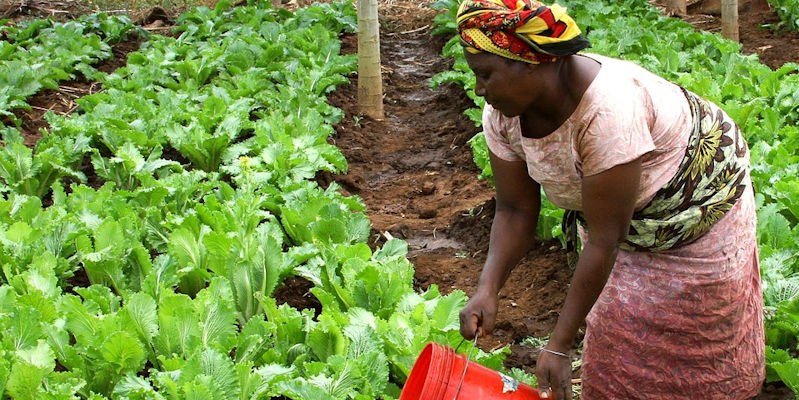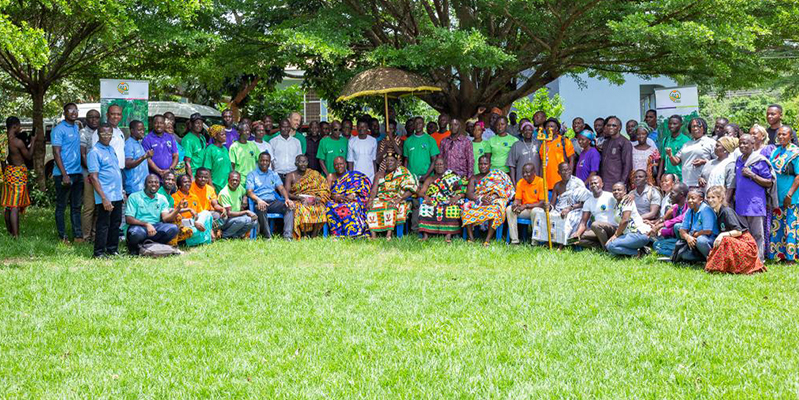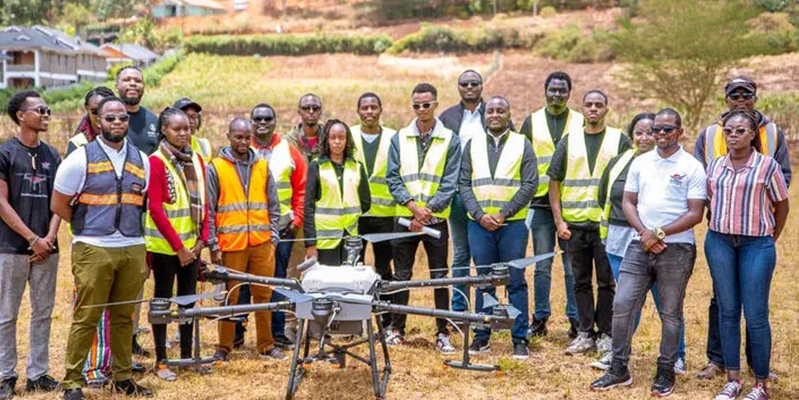- info@eaaquayefarms.com
- Cenral Region Ghana
How Drip Irrigation Transformed Our Vegetable Yields in the Central Region

Introduction
Farming in Ghana, particularly in the Central Region, often comes with the challenge of inconsistent rainfall and long dry spells. At EA. Aquaye Farms Ltd, we knew that in order to maintain year-round production and meet the growing demand for vegetables in local markets, we needed a smarter, more sustainable solution. That’s when we turned to drip irrigation.
Our decision to install a drip irrigation system in early 2023 was driven by a desire to maximize efficiency, conserve water, and increase yields—all while remaining environmentally responsible. And the results? Transformational.
Why Drip Irrigation?
Traditional overhead irrigation methods waste a significant amount of water due to evaporation and runoff. Drip irrigation, on the other hand, delivers water directly to the base of each plant, minimizing waste and ensuring that every drop counts.
Here’s what motivated us:
-
Unpredictable weather patterns disrupting crop growth cycles.
-
High water costs during dry seasons.
-
Need for consistent, market-ready produce to meet demand in Cape Coast and Accra.
Implementation at Our Flagship Vegetable Farm
We chose a 30-acre farm in Assin South for the pilot. The system was designed and installed in collaboration with local engineers and supported by agricultural extension officers.
Key features included:
-
Low-pressure pipes running across each row.
-
Emitters placed at specific intervals to release water slowly at the root zone.
-
Integration with rainwater harvesting tanks for sustainability.
The crops chosen were tomatoes, garden eggs (eggplant), and okra—vegetables in high demand year-round.
Results After One Growing Season
The impact was visible in just one season:
✅ Water usage dropped by 60%, saving thousands of liters weekly.
✅ Crop yield increased by 35%, with better quality and uniformity.
✅ Fewer disease outbreaks thanks to dry foliage and soil-level watering.
✅ Labor efficiency improved as less time was spent manually watering.
Beyond the numbers, we also saw an uptick in customer satisfaction and reduced delivery delays due to more reliable harvests.



